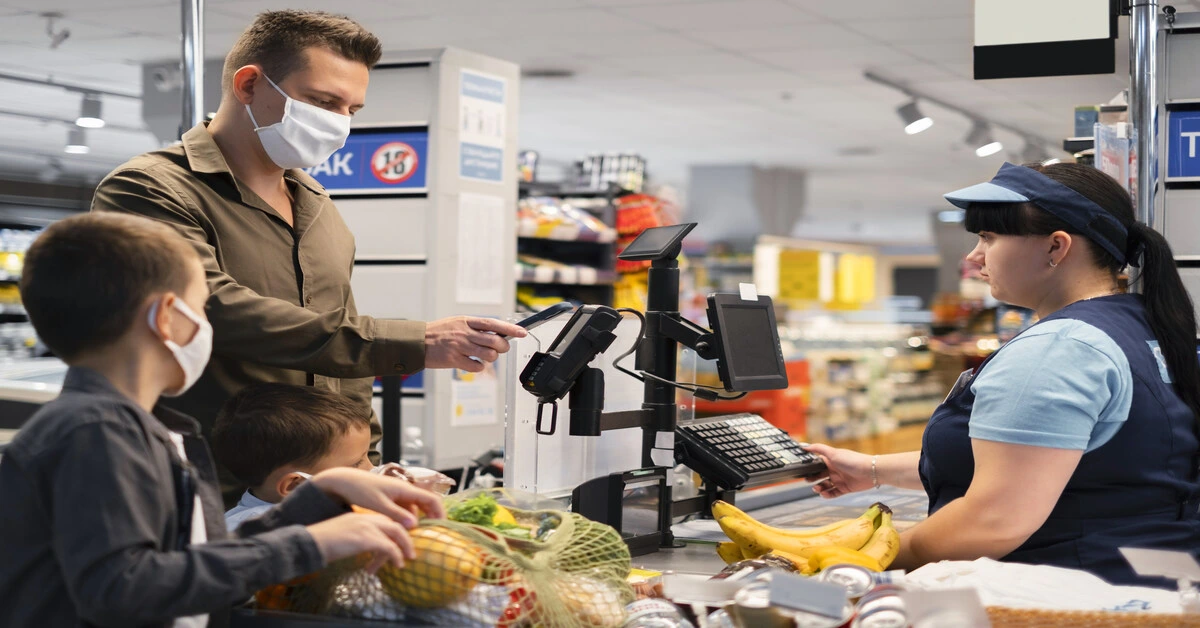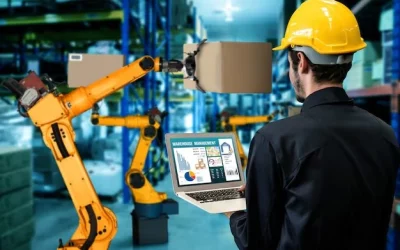Retail security has undergone significant transformations in recent years as innovative solutions have emerged to tackle the persistent issue of shoplifting. Traditional security measures, such as surveillance cameras and security personnel, are still essential, but advancements in technology and data analytics have paved the way for more effective and efficient strategies.
1. Smart Surveillance Systems
-
- AI-powered Cameras: Advanced surveillance cameras equipped with artificial intelligence (AI) can distinguish between normal customer behavior and suspicious activities. These systems can detect unusual patterns, such as loitering or unusual movements, and alert security personnel in real-time.
- Facial Recognition: Facial recognition technology has become more sophisticated, enabling retailers to identify known shoplifters or individuals with a history of theft. This acts as a deterrent and allows for proactive intervention.
2. RFID Technology
Electronic Article Surveillance (EAS) with RFID: RFID tags on merchandise enable retailers to track inventory more accurately. If an item leaves the store without being properly deactivated, alarms are triggered, alerting staff to potential theft. RFID also provides insights into inventory shrinkage, helping retailers identify trends and areas of vulnerability.
3. Artificial Intelligence and Predictive Analytics
Behavioral Analytics: AI can analyze customer behavior and identify patterns associated with shoplifting. By studying historical data, these systems can predict potential theft incidents and allow retailers to take preventive measures.
Predictive Policing: Data analytics can be used to identify high-risk areas and times for shoplifting based on historical crime data. Retailers can then allocate security resources accordingly to deter theft.
4. Mobile Point-of-Sale (mPOS) and Self-Checkout Security
Secure mPOS Systems: With the rise of mobile payments, securing mobile point-of-sale systems is crucial. Encryption and biometric authentication ensure that transactions are secure, reducing the risk of fraudulent activities.
Automated Checkout Monitoring: Self-checkout kiosks are prone to theft, intentional or accidental. AI algorithms can monitor these systems, ensuring that customers scan and pay for all items before leaving the store.
5. Collaborative Retail Crime Databases
Information Sharing: Retailers are increasingly sharing information about known shoplifters or organized retail crime groups through collaborative databases. This enables businesses to be more proactive in identifying and preventing theft.
6. Employee Training and Awareness
Education Programs: Training employees to recognize signs of shoplifting and providing guidelines for handling such situations is crucial. Creating a culture of awareness can be an effective deterrent.
7. E-Commerce Security
Fraud Prevention: For retailers with an online presence, implementing robust fraud prevention measures is essential. This includes secure payment gateways, address verification systems, and real-time transaction monitoring.
By integrating these innovative solutions, retailers can significantly enhance their security measures, not only preventing shoplifting but also improving overall store efficiency and customer experience. As technology continues to advance, the landscape of retail security will likely evolve, requiring ongoing adaptation and investment in cutting-edge solutions.




